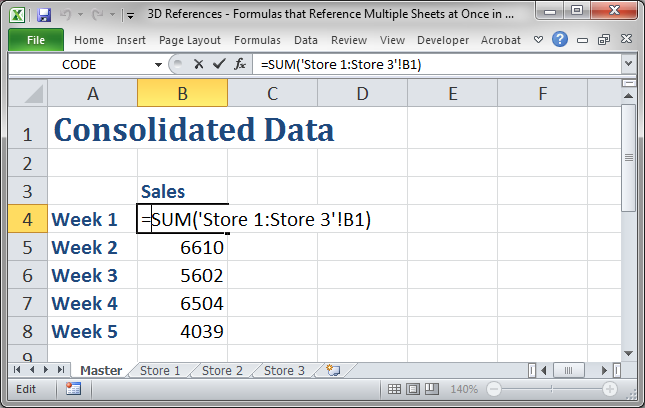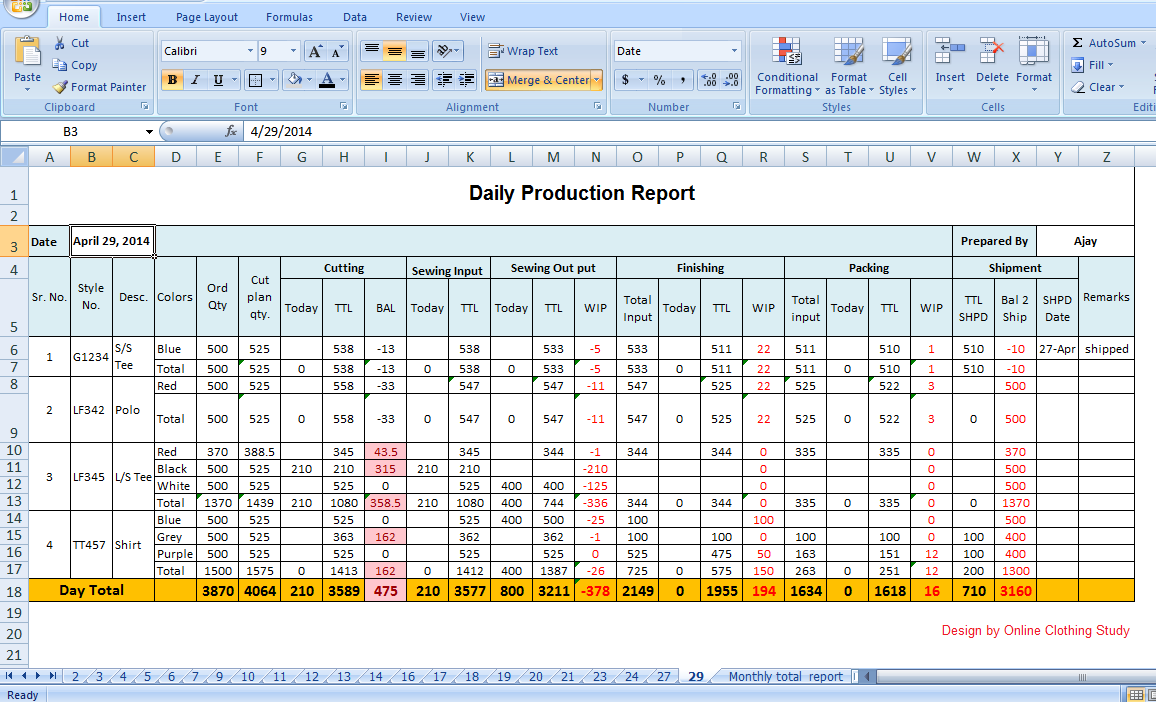5 Ways to Delink Excel Sheets Instantly

In today's fast-paced business environment, Excel remains an indispensable tool for data management, analysis, and reporting. With its robust functionality, Excel often involves linking sheets for dynamic data updates. However, there are scenarios where you might need to delink Excel sheets instantly to keep data static, prevent accidental updates, or to share files without exposing sensitive links. Here's how you can achieve this swiftly with five different methods:
Using Find and Replace to Remove Links

One of the quickest ways to delink sheets within an Excel workbook is by using the Find and Replace feature. This method is especially useful when dealing with a large number of links:
- Press Ctrl + H to open the Find and Replace dialog box.
- In the ‘Find what’ field, enter any part of the link you want to remove, such as ‘=SheetName!A1’.
- Leave the ‘Replace with’ field blank.
- Click ‘Replace All’ to remove all instances of the specified link.
🔎 Note: Be cautious with this method; it will replace all occurrences of the specified text, so ensure your search string is unique to avoid unintended changes.
Breaking Links Manually

If you prefer a more manual approach or want to remove specific external links, follow these steps:
- Go to ‘Data’ tab > ‘Connections’.
- Select the linked workbook or data connection you want to break.
- Click ‘Break Link’ or ‘Remove Link’.
Using VBA to Delink Workbooks

For power users or those comfortable with coding, VBA (Visual Basic for Applications) scripts can automate the delinking process:
Sub DelinkAllWorksheets()
Dim ws As Worksheet
For Each ws In ThisWorkbook.Worksheets
ws.Cells.Replace What:=”!”, Replacement:=“”, LookAt:=xlPart, SearchOrder:=xlByRows, MatchCase:=False
Next ws
End Sub
💡 Note: This script will replace all instances of '!*' (indicating a link) with an empty string, effectively removing all links. Test on a copy of your workbook to avoid data loss.
Using External Tools

There are third-party tools and add-ins available that can help with bulk delinking. Here are some options:
| Tool Name | Description |
|---|---|
| Excel Sheet Link Remover | A utility that scans and removes links from all sheets in an Excel file. |
| LinkFixer Advanced | An advanced tool that can manage and repair links as well as remove them. |

Breaking Links Through Excel Options

For occasional link breaking, Excel provides an option within its settings:
- Go to ‘File’ > ‘Options’ > ‘Trust Center’ > ‘Trust Center Settings’ > ‘External Content’.
- Choose ‘Disable all Data Connections’ to prevent updates from external links.
Each of these methods has its use cases and advantages. Whether you prefer a manual process, coding, or using external tools, there's a way to delink Excel sheets that suits your workflow. Remember, delinking can affect the functionality of your workbook, so it should be done with caution.
By delinking your Excel sheets, you not only ensure data privacy but also give yourself the flexibility to work with static data when needed. The steps outlined above will help you keep your workbooks organized and efficient, ensuring your data remains as you intended it to be, without external influence or unwanted updates.
Why would I want to delink my Excel sheets?

+
Delinking Excel sheets can help maintain data integrity, prevent accidental updates, share files without exposing sensitive links, or simplify workbook structure for better performance.
Will delinking affect the functionality of my workbook?

+
Yes, breaking links will remove dynamic references to other sheets or workbooks. This can stop automatic updates, formulas, or data validations that rely on those links, potentially affecting functionality.
Can I revert the process of delinking?

+
Once links are manually broken or replaced, they cannot be automatically restored. You would need to recreate the links or keep a backup of the original workbook with links intact.
What should I do if I accidentally break a link I need?

+
If you’ve accidentally broken a necessary link, you’ll need to manually re-establish the connection. Ensure you have backups or document the links before making changes.



